Back to Courses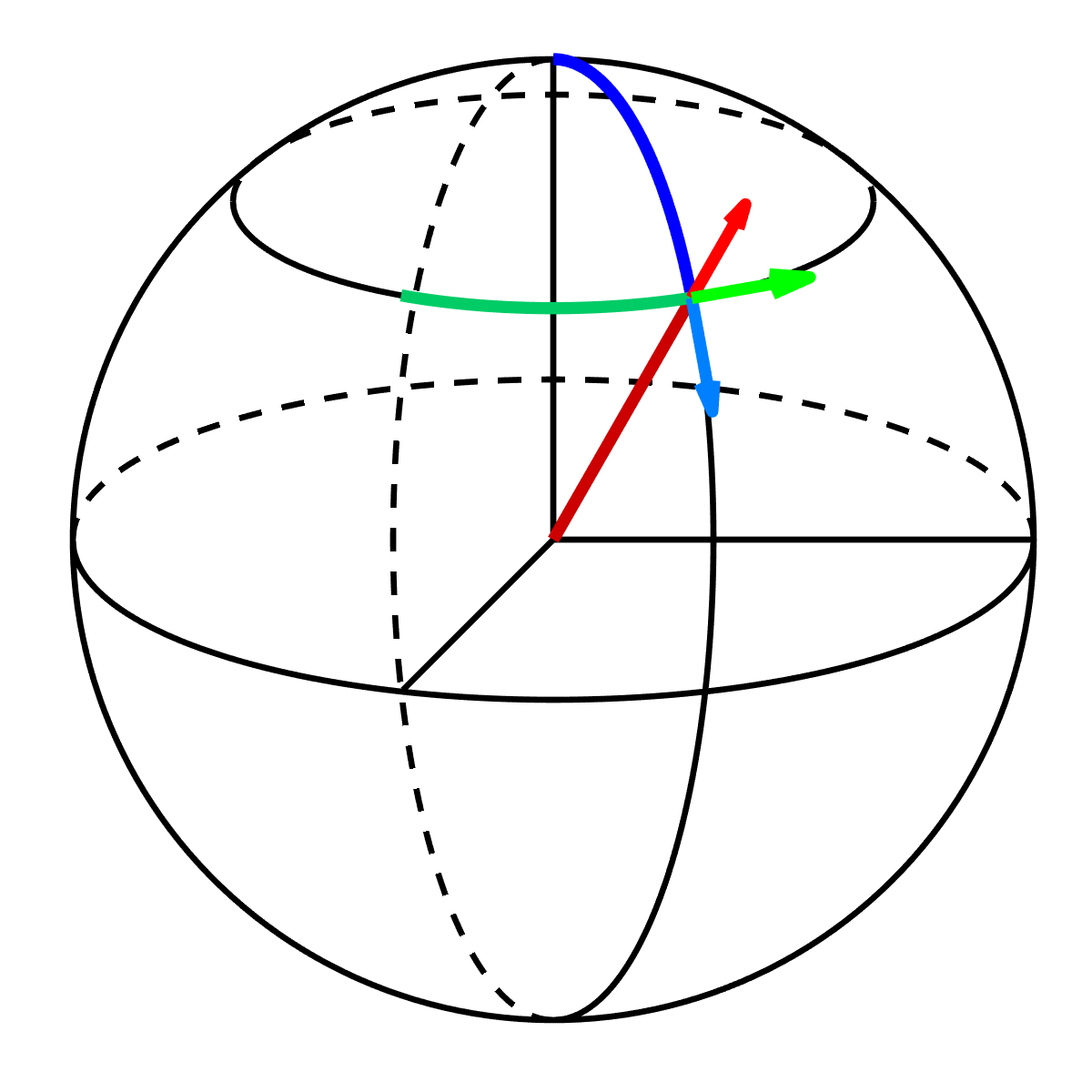
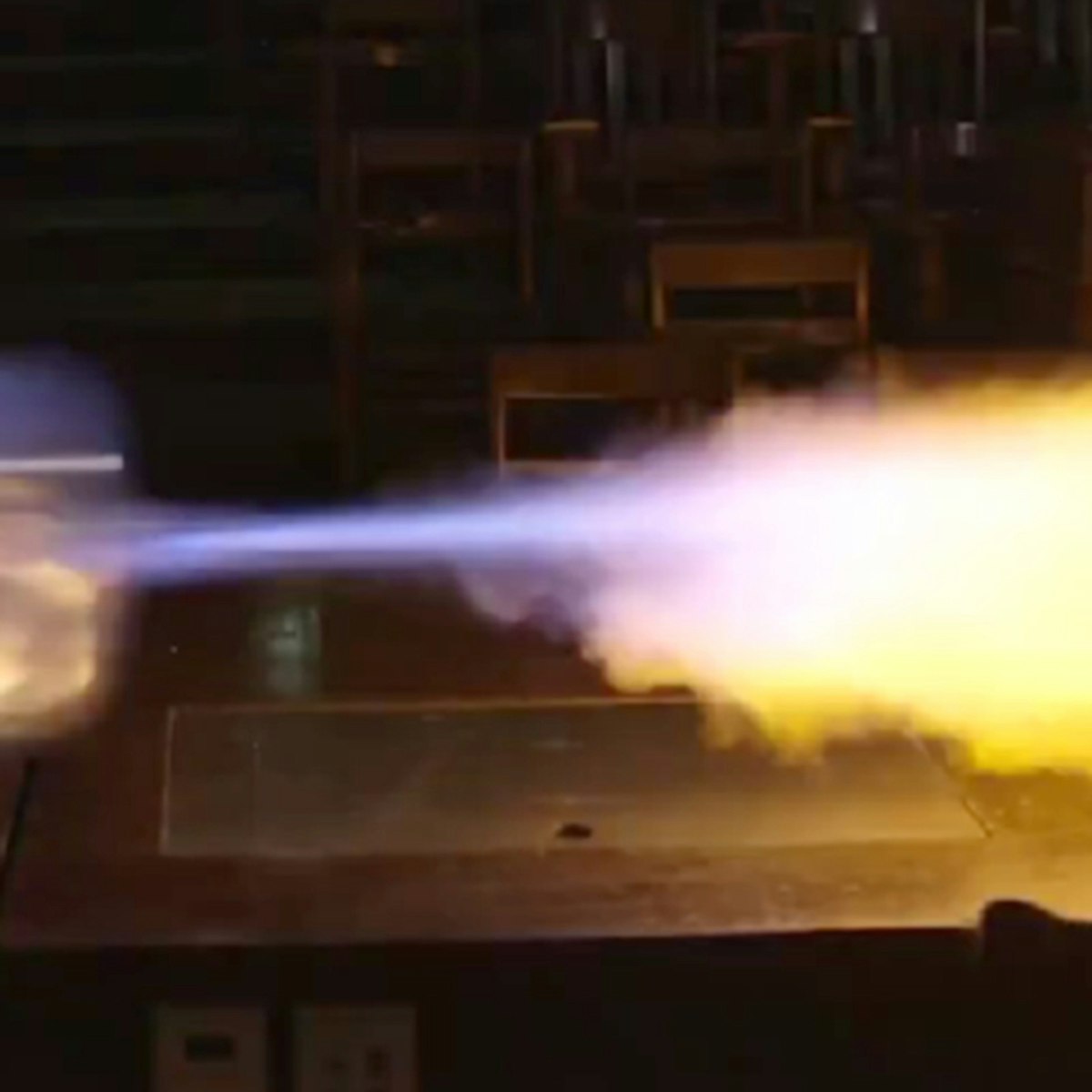




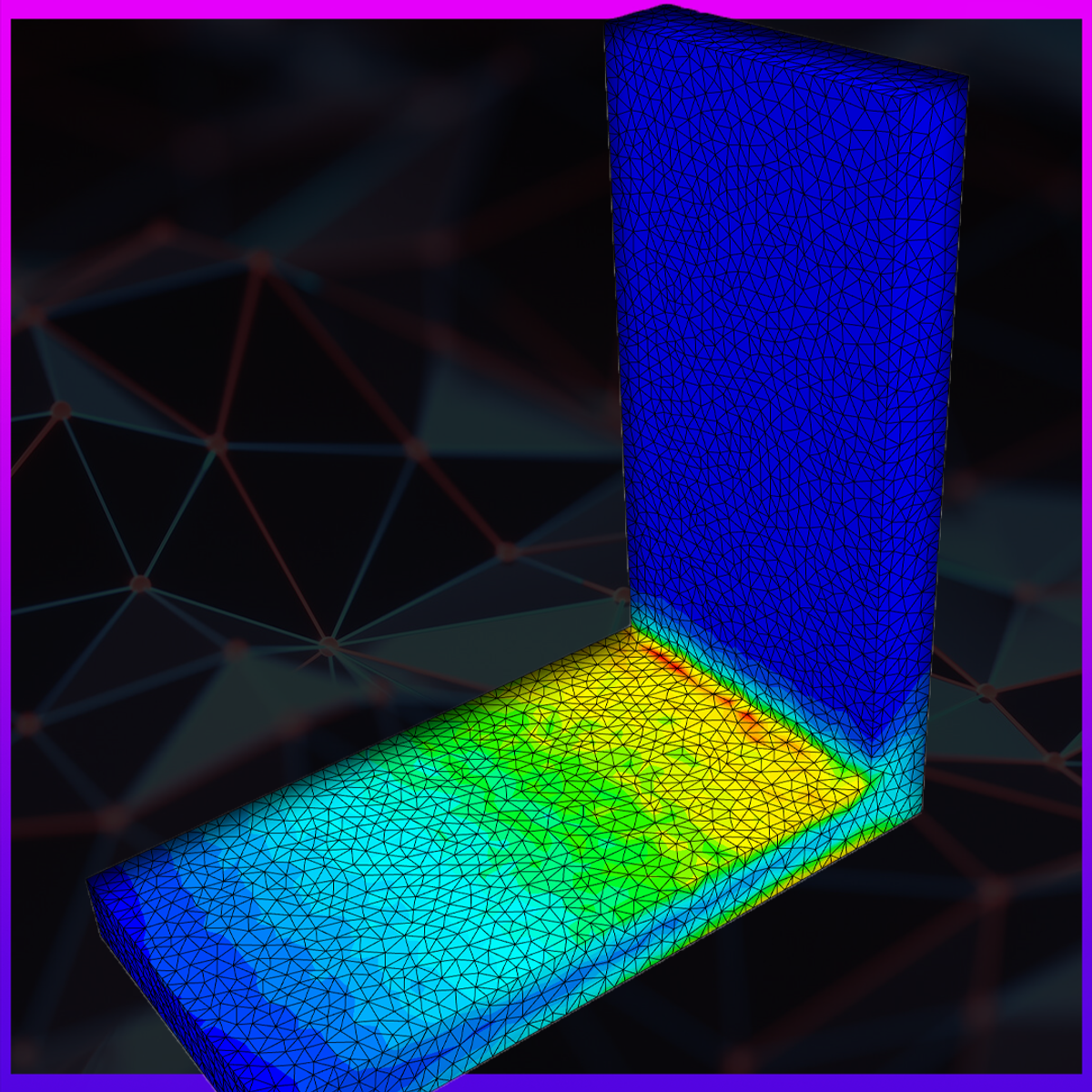
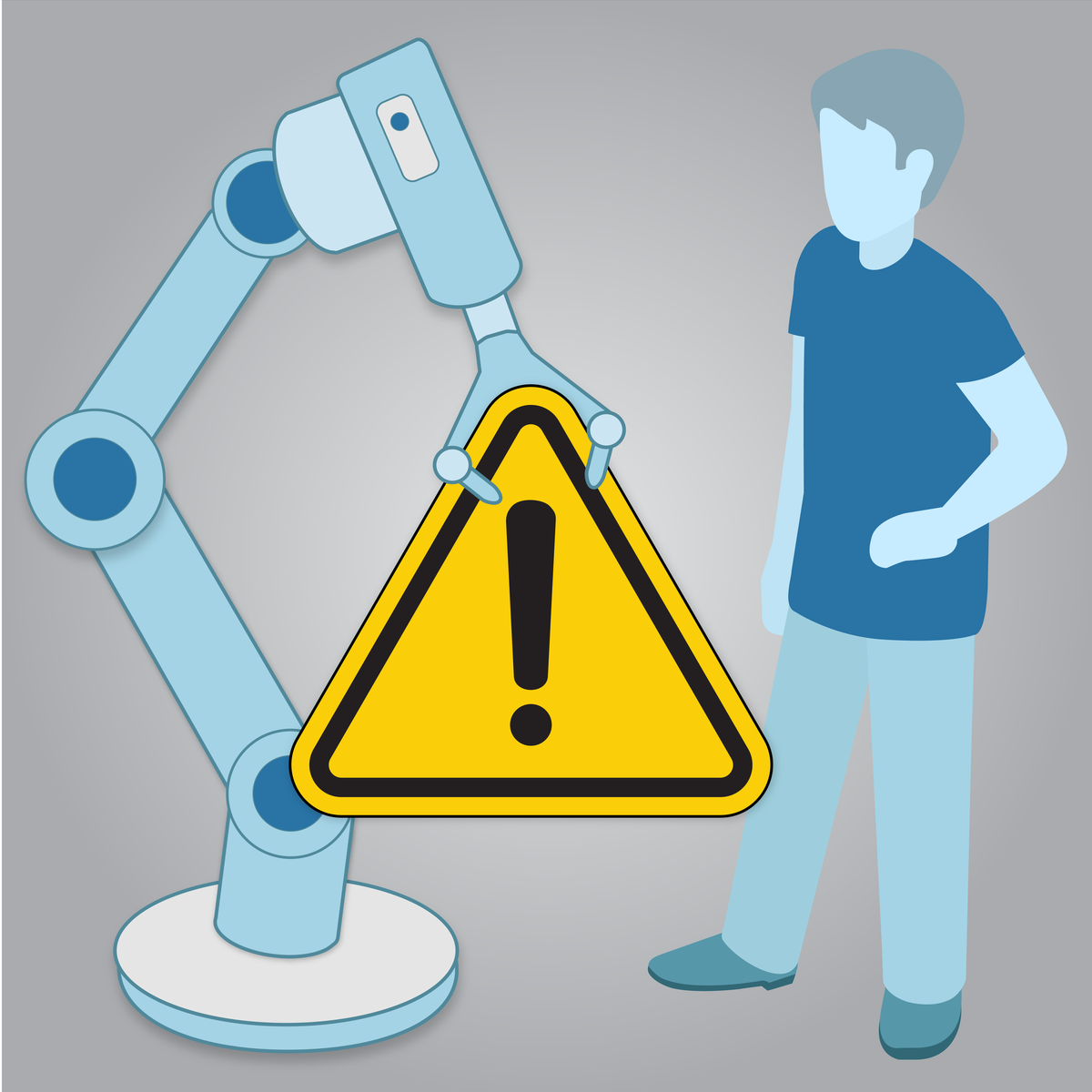
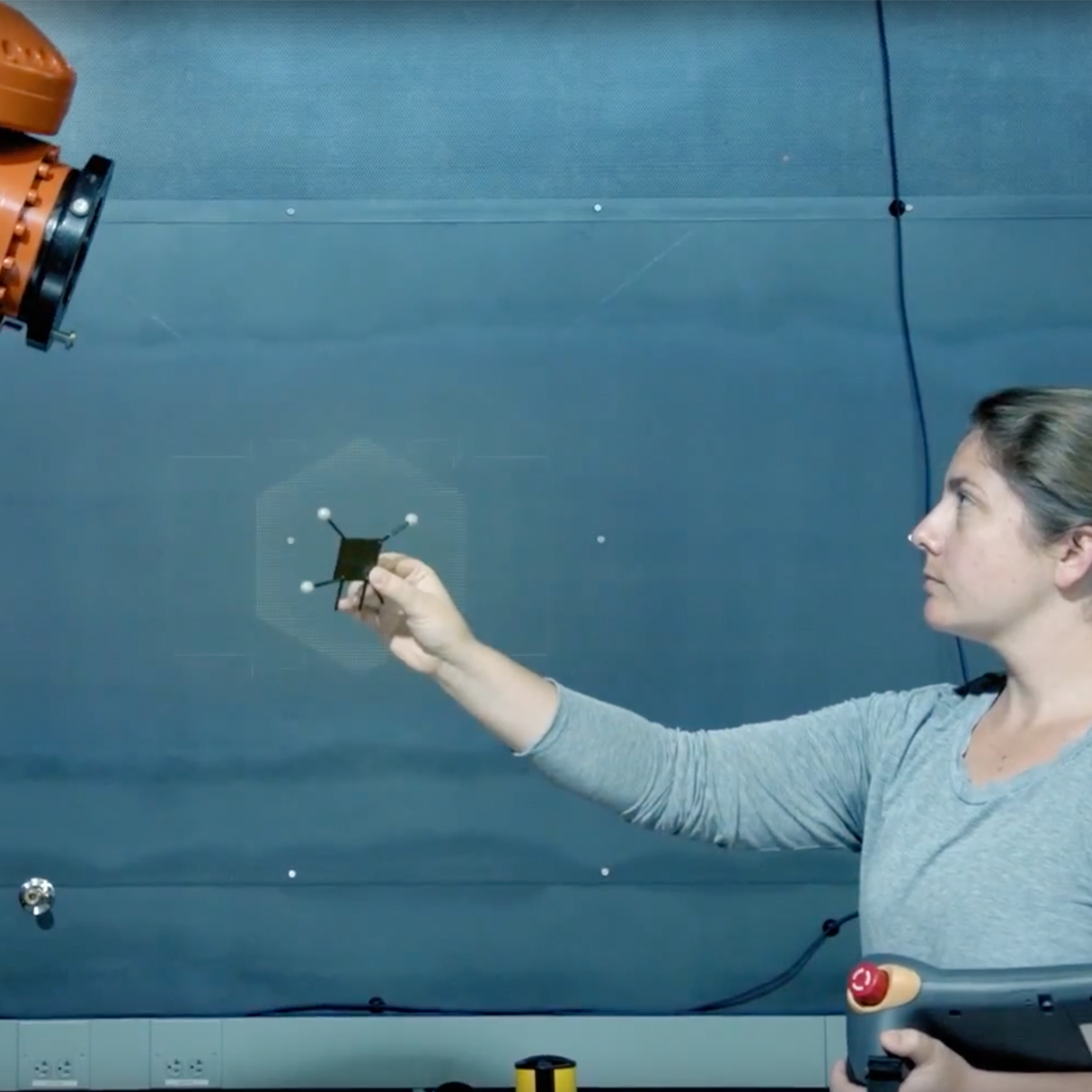

Mechanical Engineering Courses - Page 14
Showing results 131-140 of 148

Vector Calculus for Engineers
This course covers both the basic theory and applications of Vector Calculus. In the first week we learn about scalar and vector fields, in the second week about differentiating fields, in the third week about multidimensional integration and curvilinear coordinate systems. The fourth week covers line and surface integrals, and the fifth week covers the fundamental theorems of vector calculus, including the gradient theorem, the divergence theorem and Stokes’ theorem. These theorems are needed in core engineering subjects such as Electromagnetism and Fluid Mechanics.
Instead of Vector Calculus, some universities might call this course Multivariable or Multivariate Calculus or Calculus 3. Two semesters of single variable calculus (differentiation and integration) are a prerequisite.
The course contains 53 short lecture videos, with a few problems to solve following each lecture. And after each substantial topic, there is a short practice quiz. Solutions to the problems and practice quizzes can be found in instructor-provided lecture notes. There are a total of five weeks to the course, and at the end of each week there is an assessed quiz.
Download the lecture notes:
http://www.math.ust.hk/~machas/vector-calculus-for-engineers.pdf
Watch the promotional video:
https://youtu.be/qUseabHb6Vk

Physics 101 - Energy and Momentum
This course serves as an introduction to the physics of energy and momentum. Upon completion, learners will have an understanding of how mathematical laws and conservation principles describe the motions and interactions of objects all around us. They will gain experience in solving physics problems with tools such as graphical analysis, algebra, vector analysis, and calculus. The course follows the typical progression of topics of a first-semester university physics course: Kinematics, Newton’s Laws, Energy, and Momentum. Each of five modules contains reading links to a free textbook, complete video lectures, conceptual quizzes, and a set of homework problems. Once the modules are completed, the course ends with an exam. With 100 brief lectures and over 100 problems, this comprehensive course is similar in detail and rigor to those taught on-campus. It will thoroughly prepare learners for their upcoming introductory physics courses, or more advanced courses in physics.

Seismology to Earthquake Engineering
This course ranges from the earth structure, the generation of earthquakes and seismic waves by faults to the seismic response of soils, foundations and structures as well as seismic risk. It is consequently aimed at undergraduates, graduates and professionals interested in engineering seismology, earthquake engineering or seismic risk. It investigates various technical fields: rock mechanics, soil dynamics, structural dynamics and dynamic soil-structure interaction.
Various types of sessions are proposed: regular sessions describing a phenomenon or explaining its basic principles, lab sessions illustrating concepts through simple experiments (fault motion, liquefaction, resonant column tests, shaking table tests) and research topics focusing on advanced topics from various research fields (e.g. magnet-Earth, seismicity of Mars, seismic sensors, probabilistic approaches). Several quizzes, as well as 3 mini-projects, will allow you to check your knowledge and assess your understanding of the various topics.

Intro to Acoustics (Part 1)
This course introduces acoustics by using the concept of impedance. The course starts with vibrations and waves, demonstrating how vibration can be envisaged as a kind of wave, mathematically and physically. They are realized by one-dimensional examples, which provide mathematically simplest but clear enough physical insights. Then the part 1 ends with explaining waves on a flat surface of discontinuity, demonstrating how propagation characteristics of waves change in space where there is a distributed impedance mismatch.

Digitalisation in Aeronautics
The instructors of the online course "Digitalisation in Aeronautics" present a spectrum of different aviation research and application areas, exploring the impact of digitalisation in this specific field, including the effects of digitalisation in simulating the interaction of aircraft components, in overall aircraft development and related decision-making and in the communication channels used within aircraft. A broad and varied range of applications and digital solutions are explored in detail in the individual modules of this course.

Introduction to Digital Transformation
This course is primarily for professionals, college students, and advanced high school students who are interested in driving the digital transformation by integrating automation, software, and cutting-edge technologies.
This course represents a foundational introduction to Digital Transformation, appropriate for learners with a basic familiarity with common business terms and concepts and an interest in digital technology. To succeed in this course, learners should bring their curiosity about how new developments in technology are shaping the way businesses and entire industries operate. This course has no formal prerequisites.
This course focuses on how technology can be used as a competitive advantage in today’s business environment. First, current trends in computing, visual, connectivity and artificial intelligence are outlined with an emphasis on their impact to businesses. Next, we look at digital tools for design, manufacturing, and usage of products. Finally, we look at the applications of these technologies and digital tools across eight key industries.
Upon completion of this course, you will be able to:
Summarize digital transformation - what, how and why
Outline important technical trends within today’s economy
Identify digital tools that can be applied to transform business processes
Apply digital transformation to a variety of industries
Course developed in partnership with Fram Akiki of Joun Technologies.

Finite Element Analysis Convergence and Mesh Independence
In this hands-on project, you will learn about the Finite Element Method (FEM) and perform a convergence study using the cloud-based simulation tool SimScale. We will set up a simple simulation case with a provided geometry to learn the fundamentals of the Finite Element Method and how a convergence study is approached in the first place. We will walk through the classical three step process of every simulation which includes the pre-processing, processing and post-processing step.
SimScale is an engineering simulation platform that is revolutionizing the way engineers, designers, scientists, and students design products. The SimScale platform is accessible completely via a standard web browser, with an easy-to-use interface which supports numerous simulation types including solid mechanics (FEM), fluid dynamics (CFD) & thermodynamics.
This course runs on Coursera's hands-on project platform called Rhyme. On Rhyme, you do projects in a hands-on manner in your browser. You will get instant access to pre-configured cloud desktops containing all of the software and data you need for the project, for this project you need no special setup or any data. Everything is already set up directly in your internet browser so you can just focus on learning!
Notes:
- This course works best for learners who are based in the North America region. We’re currently working on providing the same experience in other regions.

Collaborative Robot Safety: Design & Deployment
As robots evolve and increasingly interact with humans, enhancing the safety of personnel working with these “collaborative robots” (cobots) is vital. This course equips you to assess the safety of a collaborative robot workcell and prevent the chances of injury or harm. It imparts industry-endorsed safety standards, technical report recommendations and best practices from the International Organization for Standardization (ISO), Robotic Industries Association (RIA) and Occupational Safety and Health Administration (OSHA). Learners are introduced to similarities and differences between traditional robots, cobots and conventional machinery before delving into risk assessments, causes of robot accidents and collaborative applications. Material also includes key design techniques for reducing collision forces and a methodology for safety testing.
Main concepts are delivered through videos, demos and hands-on exercises. To learn more, please watch the overview video by copying and pasting the following link into your web browser: https://www.youtube.com/watch?v=j-NU710WjM0.

Intro to Digital Manufacturing with Autodesk Fusion 360
The manufacturing industry is making a digital transformation, allowing companies to customize production through advances in machine learning, sustainable design, generative design, and collaboration, with integrated design and manufacturing processes. This course introduces innovations in CAD and digital manufacturing, speaking to the rapid changes taking place that are forever transforming the future of making.
This course will also explore foundational concepts behind Autodesk® Fusion 360™ CAD/CAM. Fusion 360 is a cloud-based CAD/CAM tool for collaborative product development that combines industrial design, mechanical engineering, and machine tool programming into one software solution. Through a series of lectures and hands-on exercises, this course provides the core philosophy behind the software. By understanding how designs are both made and assembled, you'll learn to create better designs from the start.
After completing this course, you will be able to:
• Summarize an understanding of digital manufacturing, principles of sustainable design, and manufacturing processes.
• Explain and discuss how trends such as generative design and machine learning are influencing innovation, and how things are made.
• Demonstrate knowledge and skills in foundational concepts of Fusion 360 CAD/CAM software.
• Practice design collaboration and file management best practices using Fusion 360 cloud-based features
Looking for Autodesk Fusion 360 certification prep courses? Check out additional learning resources to help you uplevel your skills: https://www.autodesk.com/learning

Hardening, Polymers, Properties
This course will introduce age hardening and how to use a phase diagram to identify an alloy that is eligible for age hardening. The key factors that affect nucleation and crystal growth will be investigated. In addition, an introduction to polymer science will be given. The key differences between thermoplastic and thermosetting polymers will be introduced. Strengthening mechanisms will be introduced. We explore what happens to the properties of a polymer as you increase or decrease the extent of cross-linking. major polymer synthesis methods will be shown. We will review polymer selection for various applications. In addition, how structural properties vary with temperature will be presented. We explore the significance of the glass transition temperature of a polymer to its thermal and mechanical properties.
Popular Internships and Jobs by Categories
Find Jobs & Internships
Browse
© 2024 BoostGrad | All rights reserved